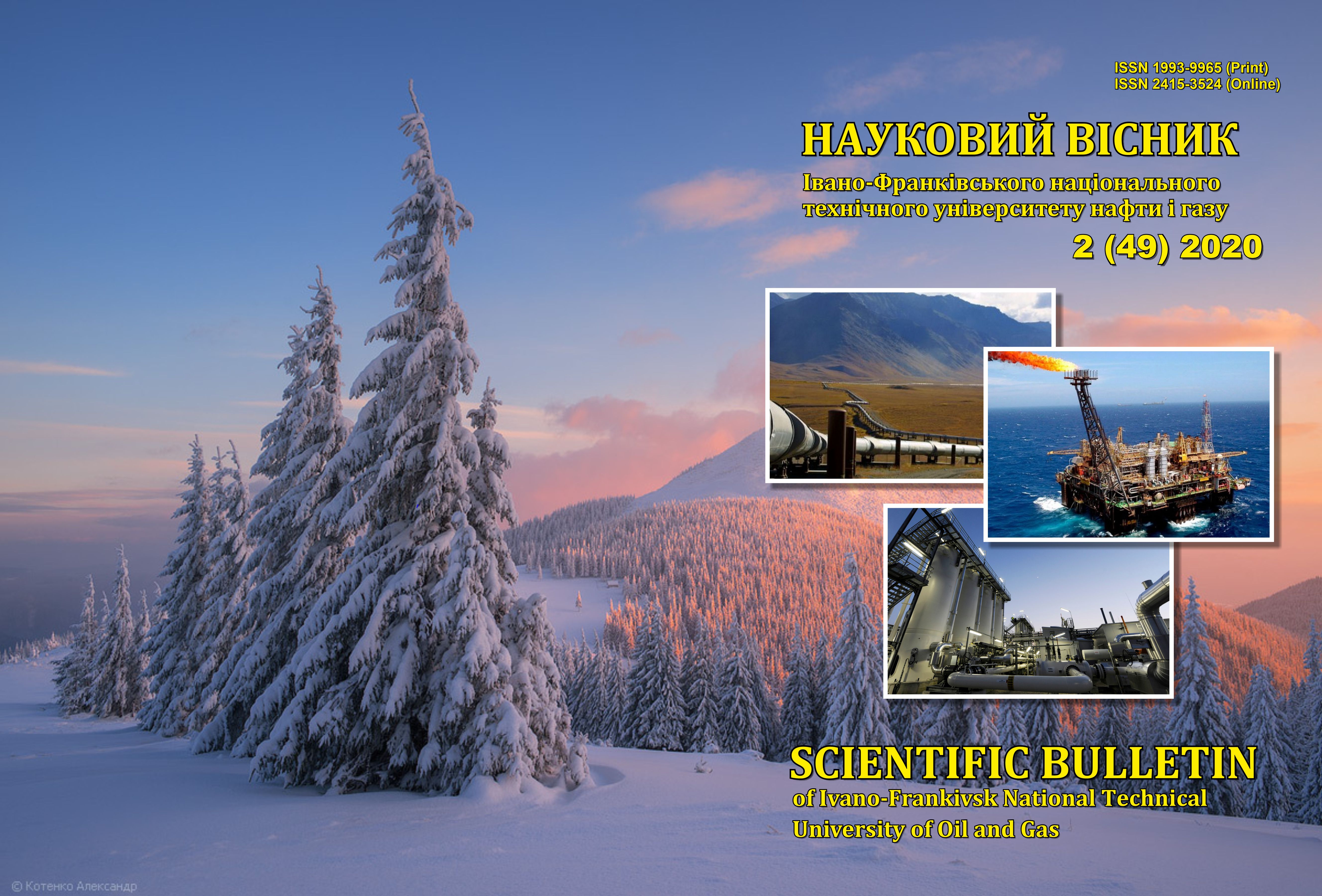Computer optimization of cooling systems 91 for thermoplastics molding
DOI:
https://doi.org/10.31471/1993-9965-2020-2(49)-91-105Keywords:
thermoplastic, melt, mold, die, punch, mounting plate, thermal conditions, cooling system, volumetric supply, thermal field, finite element method, thermodynamic studies.Abstract
The work analyses the problem of high-quality cooling of molds for obtaining castings from thermoplastics, which are characterized by significant coefficients of volumetric and linear thermal expansion, the ability to compact in the molten state. The change in the volume of the thermoplastic melt and, accordingly, product quality characteristics primarily depend on the mold temperature mode. The latter provides for the required temperature, heating rate and cooling rate of the mold. In turn, these parameters partially determine the pressure of the thermoplastic in the working volume. The heating rate and cooling rate of the mold are primarily determined by the dimensions and configuration of the channels of the mold cooling system. Experimental improvement of the design of the cooling system channels requires significant expenditures of materials, time and money. The authors of the article proposed a method for optimizing the design of a mold cooling system using computer technologies for 3D modeling in the Solid Works environment and thermodynamic studies using the finite element method in the ANSYS program. In the first part of the work, several versions of virtual models of the main structural parts of a mold for casting a thin-walled real product from a thermoplastic were created: dies, punches and mounting plates. At the same time, the main structural dimensions of the mold were maintained and necessary structural simplifications were made (inscriptions, stamps were removed) in order to save resources when performing thermodynamic studies. The differences between the models were in the different configurations of the water cooling channels - straight, V- and W-shaped. These studies were carried out in the Transient Thermal package. The main task of these studies was to determine the nature of the propagation of thermal fields in the volume of the matrix. Initial data for research - mold temperature, temperature and volumetric supply of coolant in all experiments are the same. The results of computer studies have shown that in a cooling system with W-shaped channels, the cooling of a thermoplastic casting occurs most uniformly, as evidenced by the configuration of thermal fields in the die and the punch. Based on research materials, a mold was made. Test results have confirmed efficiency of computer research in plastic molding technologies.
Downloads
References
Lipatov Yu. S. Buduschee polimernyih kompozitsiy. Kiev: Nauk. dumka, 1984. 135 p. [in Russian]
Barvinskiy I. A., Barvinskaya I. E. Metodicheskie materialyi «Kompyuternyiy ana-liz litya termoplastov: osnovyi analiza ohla-zhdeniya press-formy». M.: ZAO "SiSoft", 2013. 178 p. [in Russian]
Barvinskiy I. 3D-raschetyi litevyih form dlya litya termoplastov pod davleniem. Sovremennyie tehnologi proizvodstva i ekspluatatsii press-form: Seminar, Mezhdunarodnaya vy-istavka ROSMOLD. Moskva. 24 iyunya 2015 g. Preprint. [in Russian]
Barvinskiy I. A., Barvinskaya I. E. Kompyuternyiy analIz littya termoplastov. Os-novyi analiza usadki i korobleniya litevogo izdeliya. M.: OOO "Inzhenernaya firma AB Universal", 2007. 250 p. [in Russian]
Barvinskiy I. A. Sistema kompyuternogo analiza litya plastmass Autodesk Moldflow In-sight 2012: Novaya versiya. 2011. [in Russian]
Barvinskiy I. A. Programmnyie produk-tyi Moldex 3D (versiya 15) dlya inzhenernyih raschetov protsessov pererabotki polimernyih materialov. AO "SiSoft", 2018. [in Russian]
Barvinskiy I. A., Barvinskaya I. E. Vliyanie konstruktsii izdeliya i press-formyi na protsess uplotneniya pri lite termoplastov. Lite plastmass pod Davleniem: Nauch.-prakt. semi-nar. 29-30 yanv. M.: MITHT im. M.V. Lomon-osova, 2004. P. 30-40. [in Russian]
Suberliak O. V., Bashtanyk P. I. Tekhnolohiia pererobky polimernykh ta kompozytsiinykh materialiv: Pidruchnyk. Lviv: Vydavnytstvo “Rastr - 7”, 2007. 376 p. [in Ukrainian]
Suberliak O. V., Bashtannyk P. I., Tekhnolohiia formuvannia vyrobiv z plastmass i kompozytiv. Chastyna 1. Kyiv: ISDO, 1995. 164 p. [in Ukrainian]
Sokolov A. D., Shvets M. M. Lite pod. davlenim reaktoplastov. L.: Himiya, 1989. 93 p. [in Russian]
Dzh. M. Fisher Usadka i koroblenie olivok iz termoplastIv: Spravochnik; per. s angl. yaz. SPb.: Professiya, 2009. 424 p. [in Russian]
McCrum, N., Buckley, C, and Buck-nall, C., Principles of Polymer Engineering, Ox-ford Science Publ. 1988. [in Russian]
Lite plastmass pod. davleniem / Pod red. T. Ossvalda, L.-Sh. Tunga, P.Dzh. Gremanna. Per. s angl. pod red. E.L. Kalincheva. SPb: Pro-fessiya, 2006. 712 p. [in Russian]
Dudareva N. Yu., Zagayko S. A.; Samouchitel Solid Works 2006. SPb.: BHV-Peterburg, 2006. 336 p. [in Russian]
Bruyaka V. A., Fokin V. G., Soldusova E. A., Glazunova N. A., Adeyanov I. E. Inzhe-nernyiy analiz v ANSYS Workbench: ucheb. posob. Samara: Samar. gos. tehn. un-t, 2010. 271 p. [in Russian]
Downloads
Published
How to Cite
Issue
Section
License
Авторські права....


1.png)

















